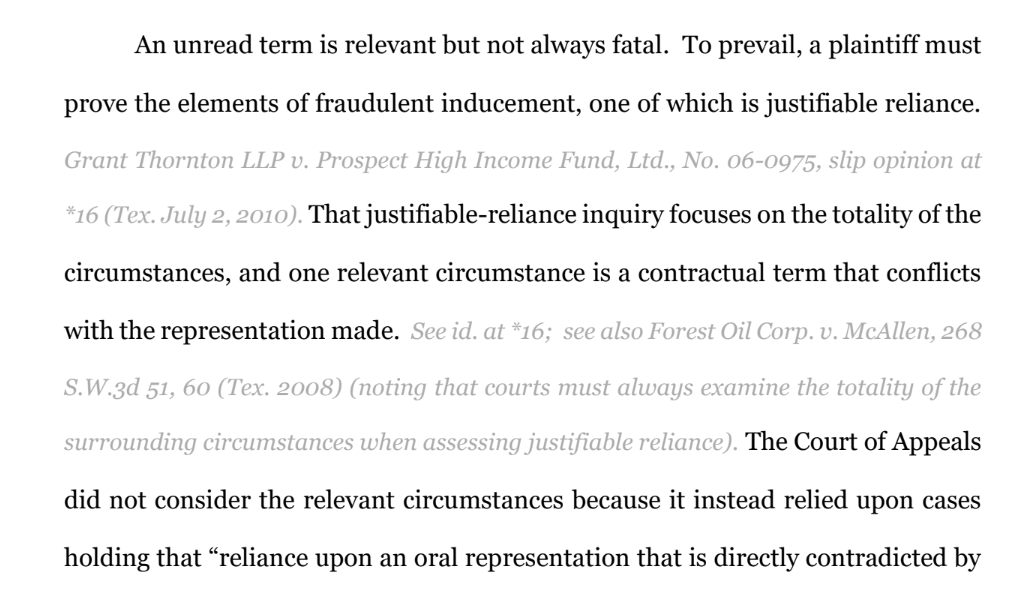The Governor has directed that certain government flags fly at half-staff on August 1 in the memory of Justice Bridges.
Monthly Archives: July 2020
(An expanded version of this post appears this week in the Texas Lawbook.)
Cyberpunk stories often describe the physical world as meatspace, as distinct from the online world of cyberspace. Litigation forces courts to consider the connection between the two “spaces” when a party contests the exercise of personal jurisdiction based on online activity. While precise definition of a website’s functionality can involve technical terms, the jurisdiction analysis involves familiar concepts, as illustrated by Shopstyle, Inc. & Popsugar, Inc. v. Rewardstyle, Inc.:
Purposeful availment. “[W]hen using the Shop feature, the user cannot purchase products on the PopSugar website but instead follows links to the websites of affiliated third-party retailers. In other words, the ‘user cannot consummate a commercial transaction online without accessing and logging-into a third-party website.'”
Operative facts. “Whether PopSugar’s website is available in Texas or whether links to Texas-based retailers are available on PopSugar’s website is unrelated to the operative facts as alleged by rewardStyle. The record contains no allegations or evidence of which we are aware that the alleged operative conduct occurred in Texas or that it has anything to do with Texas, apart from the fact that rewardStyle and one of its influencers are located here.”
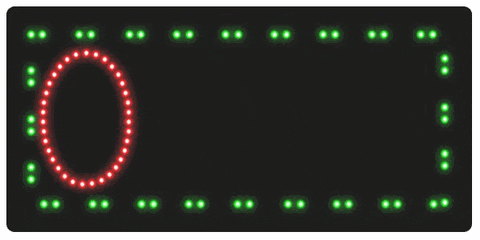 Third-party activity. “[E]even if another party creating ShopStyle links and adding them to allegedly misappropriated images was considered an affirmative act by ShopStyle (and we are not so concluding), permitting hyperlinks to the websites of third-party Texas-based retailers where products can be purchased “would not demonstrate, by itself, that [ShopStyle] controls the third-party sufficiently for sales from the third-party’s website to constitute ‘contacts’ by [ShopStyle].”
Third-party activity. “[E]even if another party creating ShopStyle links and adding them to allegedly misappropriated images was considered an affirmative act by ShopStyle (and we are not so concluding), permitting hyperlinks to the websites of third-party Texas-based retailers where products can be purchased “would not demonstrate, by itself, that [ShopStyle] controls the third-party sufficiently for sales from the third-party’s website to constitute ‘contacts’ by [ShopStyle].”
No. 05-19-00736-CV (July 21, 2020) (mem. op.). Of procedural interest, this case arose from a presuit discovery request under Tex. R. Civ. P. 202.
 The legal structure of local government has received great scrutiny this year as the COVID-19 pandemic has forced all levels of state government to review the emergency powers granted by the Texas Government Code. Less-trendy but also-fundamental aspects of local government operation were at issue in Carruth v. Henderson, when a citizen sought mandamus relief to require the City of Plano to consider a referendum petition about the City’s comprehensive development plan. The Fifth Court expressed sympathy for the City’s position, but found that under the applicable statutes, it had a ministerial duty to accept the petition as “neither the [City] Charter nor the general law has withdrawn comprehensive plans either expressly or by necessary implication from the field in which the referendum process operates …” No. 05-19-01195-CV (July 22, 2020). I am quoted in an excellent column about this situation by Sharon Grigsby in the July 28 Dallas Morning News.
The legal structure of local government has received great scrutiny this year as the COVID-19 pandemic has forced all levels of state government to review the emergency powers granted by the Texas Government Code. Less-trendy but also-fundamental aspects of local government operation were at issue in Carruth v. Henderson, when a citizen sought mandamus relief to require the City of Plano to consider a referendum petition about the City’s comprehensive development plan. The Fifth Court expressed sympathy for the City’s position, but found that under the applicable statutes, it had a ministerial duty to accept the petition as “neither the [City] Charter nor the general law has withdrawn comprehensive plans either expressly or by necessary implication from the field in which the referendum process operates …” No. 05-19-01195-CV (July 22, 2020). I am quoted in an excellent column about this situation by Sharon Grigsby in the July 28 Dallas Morning News.
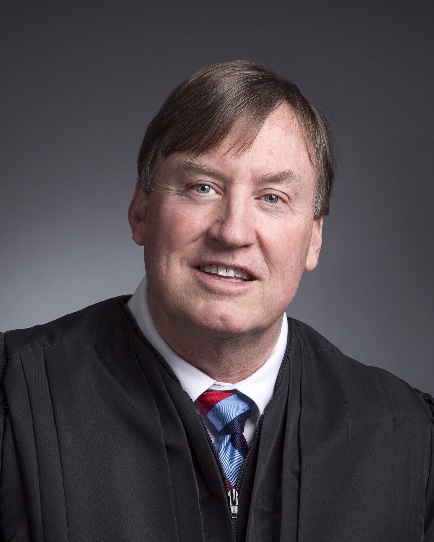 Long-serving Justice David Bridges was killed this weekend when his car was struck by a drunk driver. This shocking news is a loss for all North Texas.
Long-serving Justice David Bridges was killed this weekend when his car was struck by a drunk driver. This shocking news is a loss for all North Texas.
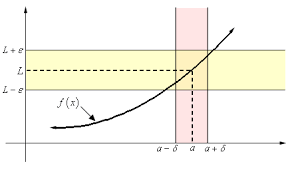 In addition to a thorough review of Batson law as applied to Hispanic potential jurors, Murphy v. Mejia Arcos provides a powerful example of the rules about post-trial pleading amendments.
In addition to a thorough review of Batson law as applied to Hispanic potential jurors, Murphy v. Mejia Arcos provides a powerful example of the rules about post-trial pleading amendments.
On the one hand, “pursuant to rules 63 and 66 of the Texas Rules of Civil Procedure, a trial court must allow a postverdict amendment that increases the amount of damages sought in the pleadings to that found by the jury unless the opposing party presents evidence of prejudice or surprise.” (emphasis added)
But at the same time, “a trial court cannot grant a motion for leave to amend the pleadings after the court signs the judgment.”
Accordingly, the trial court abused its discretion when it (1) signed a final judgment, (2) granted the plaintiff’s motion to amend the pleadings, and then (3) signed a new judgment without an order setting aside the first one. “Because the trial court never signed a written order vacating the August 9, 2018 final judgment, its oral pronouncement [about vacating that judgment] was ineffective, so the August 9,
2018 judgment continued in force and effect. . . . [A]t all times after August 9, 2018, there has always been a final judgment in this case. Therefore, the trial court did not follow the guiding principles of law that it cannot grant leave to file an amended pleading after judgment.”
As a result, the judgment was reduced to $200,000 (the maximum amount sought specified by the plaintiff’s trial pleading) from the $1,000,000 awarded in the jury’s verdict. No. 05-18-01342-CV (July 17, 2020).
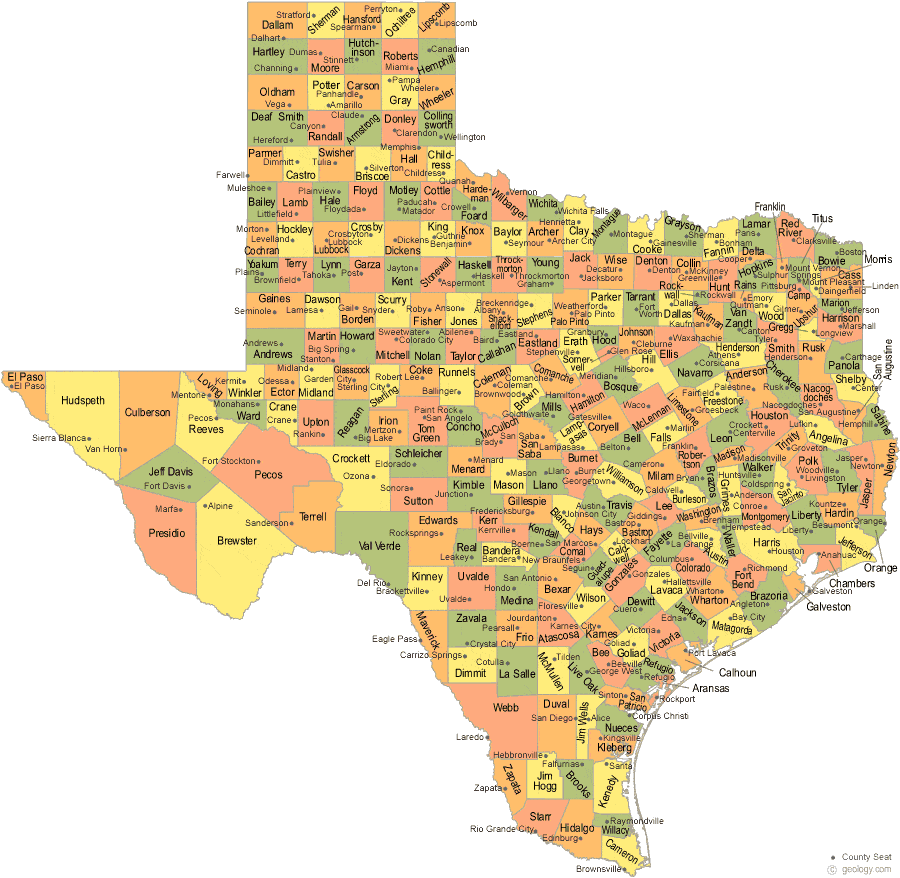 The principle is easy enough to state — because the mandatory-venue statute about injunctive relief “is limited to suits ‘in which the relief sought is purely or primarily injunctive[,] . . . it does not apply when the injunctive relief is ancillary to the other relief sought . . . where the injunctive relief is requested simply to maintain the status
The principle is easy enough to state — because the mandatory-venue statute about injunctive relief “is limited to suits ‘in which the relief sought is purely or primarily injunctive[,] . . . it does not apply when the injunctive relief is ancillary to the other relief sought . . . where the injunctive relief is requested simply to maintain the status
quo pending resolution of the lawsuit.” In re: Zidan shows that reasonable minds can differ about its application, however. The majority opinion saw the plaintiff’s request for injunctive relief as ancillary to the central dispute about the governance of a business entity; the dissent saw it as sufficiently central to implicated the statute. The Fifth Court’s judgment conditionally granted mandamus relief with respect to a Collin County judge’s decision to abate a first-filed case in favor of a Harris County matter. No. 05-20-00595-CV (July 15, 2020) (mem. op.)
 Please check out my new podcast, Coale Mind, where once a week I talk about constitutional and other legal issues of the day. This forum lets me get into more detail than other media appearances, while also approaching issue from a less technical perspective than blogging and other professional writing. I hope you enjoy it and choose to subscribe! Available on Spotify, Apple, and other such services.
Please check out my new podcast, Coale Mind, where once a week I talk about constitutional and other legal issues of the day. This forum lets me get into more detail than other media appearances, while also approaching issue from a less technical perspective than blogging and other professional writing. I hope you enjoy it and choose to subscribe! Available on Spotify, Apple, and other such services.
 While jury selection is a critical and at times outcome-determinative part of trial, appellate opinions on voir dire issues are scarce – trial judges have considerable discretion in such matters and harm is difficult to establish. All the more reason for trial lawyers to carefully review Murphy v. Mejia Arcos, a painstaking analysis of Batson challenges to peremptory strikes of Hispanic jurors. Carefully applying the precedent in the area, the Fifth Court found no abuse of discretion by the trial court in sustaining two such challenges in a personal-injury trial. The analysis is of obvious statewide significance for Texas practice, offering a practical summary of the current Batson procedural framework, and having important policy consequences for an infrequently-reviewed aspect of civil trial practice. No. 05-18-01342-CV (July 17, 2020).
While jury selection is a critical and at times outcome-determinative part of trial, appellate opinions on voir dire issues are scarce – trial judges have considerable discretion in such matters and harm is difficult to establish. All the more reason for trial lawyers to carefully review Murphy v. Mejia Arcos, a painstaking analysis of Batson challenges to peremptory strikes of Hispanic jurors. Carefully applying the precedent in the area, the Fifth Court found no abuse of discretion by the trial court in sustaining two such challenges in a personal-injury trial. The analysis is of obvious statewide significance for Texas practice, offering a practical summary of the current Batson procedural framework, and having important policy consequences for an infrequently-reviewed aspect of civil trial practice. No. 05-18-01342-CV (July 17, 2020).
“Care Tecture contends the trial court could not consider the [Mediated Settlement Agreement] because it was not physically attached to the motion or an affidavit. Matheson argues that the MSA was properly before the court because it was on file with the court at the time of the summary judgment hearing, referenced in the motion for summary judgment, and authenticated by the affidavits. We agree with Matheson. See Kastner v. Jenkens & Gilchrist, 231 S.W.3d 571, 581 (Tex.App.—Dallas 2007, no pet.) (noting that the rules “do not require that summary judgment evidence be physically attached to the motion”). Care Tecture v. Matheson Commercial Properties, No. 19-00591-CV (June 30, 2020) (mem. op.)
 Shylock sought to exact a pound of flesh from a debtor in The Merchant of Venice (right, played by Al Pacino). In Selinger v. City of McKinney, a form of taking called an “exaction” was at issue, when “[Plaintiffs] alleged that the City denied Selinger’s plat because he refused to agree to a contingent $482,000 payment as a condition of plat approval. Those facts amount to an exaction … .” The conditional nature of an exaction leads to unusual questions about ripeness and mootness, as well as governmental-immunity issues, all of which were resolved by the Fifth Court substantially in favor of the Plaintiffs. No. 05-19-00545-CV (July 1, 2020) (mem. op.)
Shylock sought to exact a pound of flesh from a debtor in The Merchant of Venice (right, played by Al Pacino). In Selinger v. City of McKinney, a form of taking called an “exaction” was at issue, when “[Plaintiffs] alleged that the City denied Selinger’s plat because he refused to agree to a contingent $482,000 payment as a condition of plat approval. Those facts amount to an exaction … .” The conditional nature of an exaction leads to unusual questions about ripeness and mootness, as well as governmental-immunity issues, all of which were resolved by the Fifth Court substantially in favor of the Plaintiffs. No. 05-19-00545-CV (July 1, 2020) (mem. op.)
 Armbrister’s car was repossessed. She sued the lender because it had unlawfully refused to deduct her payment from a Federal Government Federal Reserve Bank account. She had acquired the rights to this account, she alleged, because of her work for the FBI, the NSA, and the Defense Department on an artificial intelligence team; those agencies had authorized her by neural communication to pay all of her bills from an account at the Federal Reserve. Unfortunately for Armbrister, her claim did not satisfy the demands of Tex. R. Civ. P. 91a, and the Fifth Court affirmed. Armbirster v. American Honda Finance Corp., No. 05-19-00593-CV (July 10, 2020) (mem. op.) The opinion did not address whether neural communication satisfies the statute of frauds, or whether the relevant government agencies may have immunity defenses to fraudulent-inducement claims by Armbrister.
Armbrister’s car was repossessed. She sued the lender because it had unlawfully refused to deduct her payment from a Federal Government Federal Reserve Bank account. She had acquired the rights to this account, she alleged, because of her work for the FBI, the NSA, and the Defense Department on an artificial intelligence team; those agencies had authorized her by neural communication to pay all of her bills from an account at the Federal Reserve. Unfortunately for Armbrister, her claim did not satisfy the demands of Tex. R. Civ. P. 91a, and the Fifth Court affirmed. Armbirster v. American Honda Finance Corp., No. 05-19-00593-CV (July 10, 2020) (mem. op.) The opinion did not address whether neural communication satisfies the statute of frauds, or whether the relevant government agencies may have immunity defenses to fraudulent-inducement claims by Armbrister.
 On the facts of California Commercial Investment Group v. Herrington, “even
On the facts of California Commercial Investment Group v. Herrington, “even
though the charges were dropped, [Defendant’s] statements made to police are protected as an exercise of the right to petition and of free speech.” The Fifth Court went on to find that no prima facie case was made on the plaintiff’s malicious-prosecution and defamation claims, and reversed the trial court’s denial of the defendant’s TCPA motion to dismiss. No. 05-19-00805-CV (July 8, 2020) (mem. op.).
 The initials “JM” appeared on drawings ARCO (a consulting firm) prepared for products designed by Kendall Harter (an inventor and entrepreneur). The appellant in KBIDC Investments v. Zuru Toys, a case about the design of water-balloon devices, argued that Josh Malone worked for ARCO and was exposed to Harter’s ideas at ARCO, noting: “that the initials ‘JM’ appear on drawings ARCO prepared for other products designed by Harter, including drawings for a sandwich maker and a water-balloon gun. Appellant also points to Malone’s Linkedin.com profile, which states that his technical skills include ‘CAD,’ computer-aided design. Appellant also asserts, without citing any evidence other than Harter’s affidavit, that Malone’s house was ‘within a 30-minute drive of ARCO’s offices’ in Farmer’s Branch. Appellant also asserts that ARCO had no employees with the initials ‘JM’ at that time.” The Fifth Court saw this evidence differently, finding: “This evidence is too indefinite and uncertain to show Malone had access to Harter’s designs. It does not constitute circumstantial evidence that Malone worked at ARCO, that he had access to Harter’s provisional patent application or drawings, or that he misappropriated Harter’s trade secrets.” No. 05-19-00159-CV (June 26, 2020) (mem. op.) – and on rehearing (Oct. 9, 2020).
The initials “JM” appeared on drawings ARCO (a consulting firm) prepared for products designed by Kendall Harter (an inventor and entrepreneur). The appellant in KBIDC Investments v. Zuru Toys, a case about the design of water-balloon devices, argued that Josh Malone worked for ARCO and was exposed to Harter’s ideas at ARCO, noting: “that the initials ‘JM’ appear on drawings ARCO prepared for other products designed by Harter, including drawings for a sandwich maker and a water-balloon gun. Appellant also points to Malone’s Linkedin.com profile, which states that his technical skills include ‘CAD,’ computer-aided design. Appellant also asserts, without citing any evidence other than Harter’s affidavit, that Malone’s house was ‘within a 30-minute drive of ARCO’s offices’ in Farmer’s Branch. Appellant also asserts that ARCO had no employees with the initials ‘JM’ at that time.” The Fifth Court saw this evidence differently, finding: “This evidence is too indefinite and uncertain to show Malone had access to Harter’s designs. It does not constitute circumstantial evidence that Malone worked at ARCO, that he had access to Harter’s provisional patent application or drawings, or that he misappropriated Harter’s trade secrets.” No. 05-19-00159-CV (June 26, 2020) (mem. op.) – and on rehearing (Oct. 9, 2020).
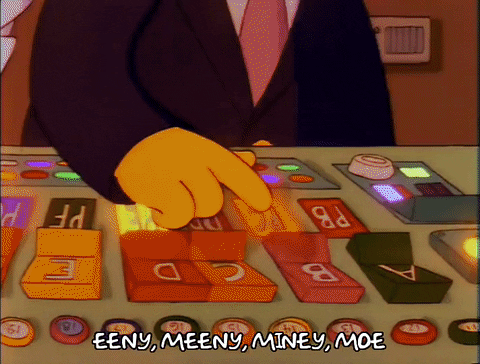 The appellant in KBIDC Investments v. Zuru Toys contended that the appellees failed to segregate attorneys’-fee evidence among claims involving the Texas Theft Liability Act (compensable) and those for misappropriation of trade secrets and unfair competition (not compensable). The Fifth Court observed that a basic holding of Tony Gullo Motors v. Chapa, 212 S.W.3d 299 (Tex. 2006)–that “it is only when discrete legal services advance both a recoverable and unrecoverable claim that they are so intertwined that they need not be segregated”–was not overruled by Horizon Health Corp. v. Acadia Healthcare Co., 520 S.W.3d 848 (Tex. 2017), which as a factual matter found a failure to properly segregate fees related to a TTLA claim. Here, “[Appellees’] argument is that all of their attorney’s fees were reasonable and necessary to their prevailing on appellant’s TTLA claim. Their attorney testified to that fact. He also testified that the attorney’s fees would have been the same if the TTLA claim had been the only claim. Appellant does not identify any invoice entry that did not apply to the TTLA claim.” No. 05-19-00159-CV (June 26, 2020) (mem. op.).
The appellant in KBIDC Investments v. Zuru Toys contended that the appellees failed to segregate attorneys’-fee evidence among claims involving the Texas Theft Liability Act (compensable) and those for misappropriation of trade secrets and unfair competition (not compensable). The Fifth Court observed that a basic holding of Tony Gullo Motors v. Chapa, 212 S.W.3d 299 (Tex. 2006)–that “it is only when discrete legal services advance both a recoverable and unrecoverable claim that they are so intertwined that they need not be segregated”–was not overruled by Horizon Health Corp. v. Acadia Healthcare Co., 520 S.W.3d 848 (Tex. 2017), which as a factual matter found a failure to properly segregate fees related to a TTLA claim. Here, “[Appellees’] argument is that all of their attorney’s fees were reasonable and necessary to their prevailing on appellant’s TTLA claim. Their attorney testified to that fact. He also testified that the attorney’s fees would have been the same if the TTLA claim had been the only claim. Appellant does not identify any invoice entry that did not apply to the TTLA claim.” No. 05-19-00159-CV (June 26, 2020) (mem. op.).
 “…the power granted by section 22.221(a) of the government code is not a power that is granted to prevent damage to the appellant pending appeal.’ ‘That purpose is served by the statutes allowing appellants to supersede judgments by posting an appropriate bond.’ Rather, the power to issue a writ of injunction is limited to the purpose of protecting appellate jurisdiction.
“…the power granted by section 22.221(a) of the government code is not a power that is granted to prevent damage to the appellant pending appeal.’ ‘That purpose is served by the statutes allowing appellants to supersede judgments by posting an appropriate bond.’ Rather, the power to issue a writ of injunction is limited to the purpose of protecting appellate jurisdiction.
Here, relators assert that the pending foreclosure threatens this Court’s jurisdiction over their existing appeal. But unlike the cases cited by relators involving appeals of interlocutory orders, the foreclosure of the property at issue does not moot their claims in the appeal and, thus, does not implicate the Court’s jurisdiction over the appeal.” In re Day Investment Group, No. 05-20-00643-CV (July 2, 2020) (mem. op.) (citation omitted, emphasis added).
When not engaged in good-natured banter about typeface or proper spacing after periods, the appellate community often argues about the right place to put citations to authority. The traditional approach places them “inline,” along with the text of the legal argument. A contrarian viewpoint, primarily advanced by Bryan Garner, argues that citations should be placed in footnotes.
Has modern technology provided a third path? Professor Rory Ryan of Baylor Law School advocates “fadecites,” reasoning:
A brief using this approach would look like this on a first read:
(A longer example is available on Professor Ryan’s Google Drive.) The reader can quickly skim over citations while reviewing the legal argument. Additionally, assuming that the court’s technology allows it, case citations can be arranged to become more visible if the reader wants to know more information. Modern .pdf technology allows a citation to become darker and more visible if the reader places the cursor on it. A hyperlink to the cited authority could also be made available.
This idea offers an ingenious solution to a recurring challenge in writing good, accessible briefs. I’d be interested in your thoughts and Professor Ryan would be as well.


